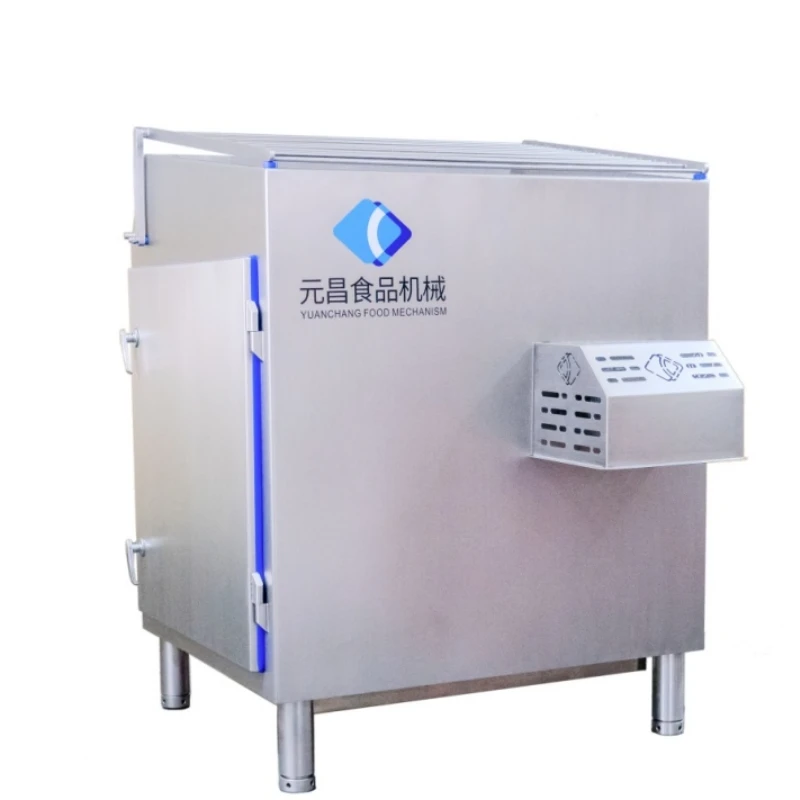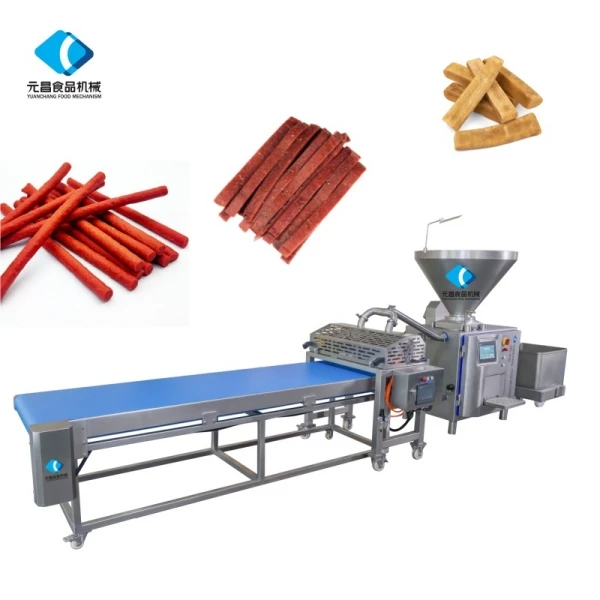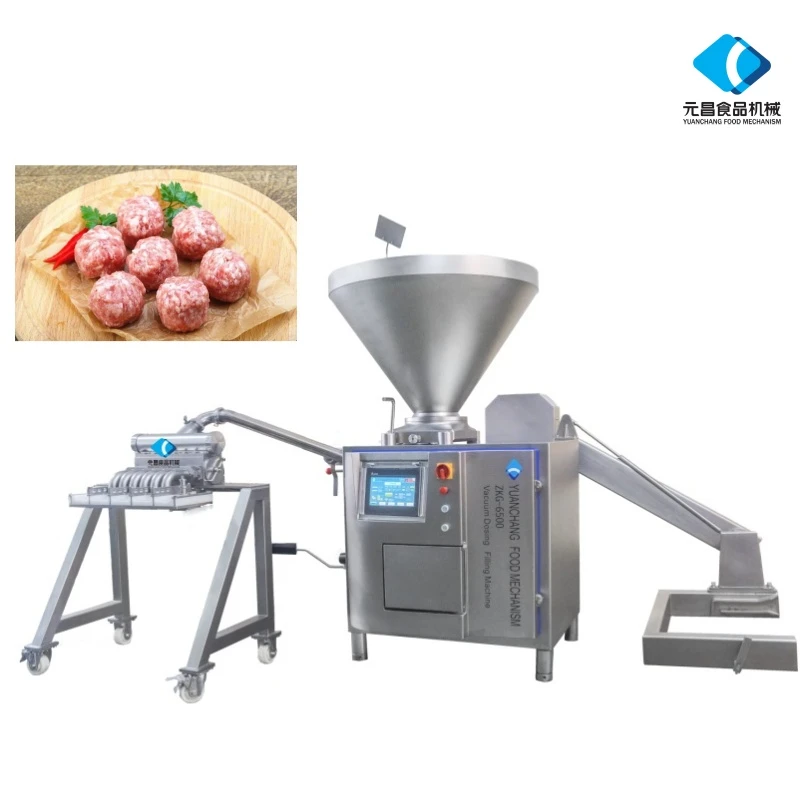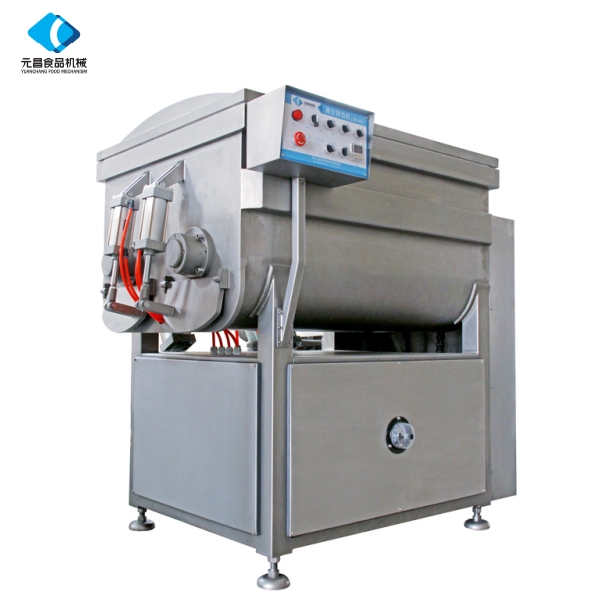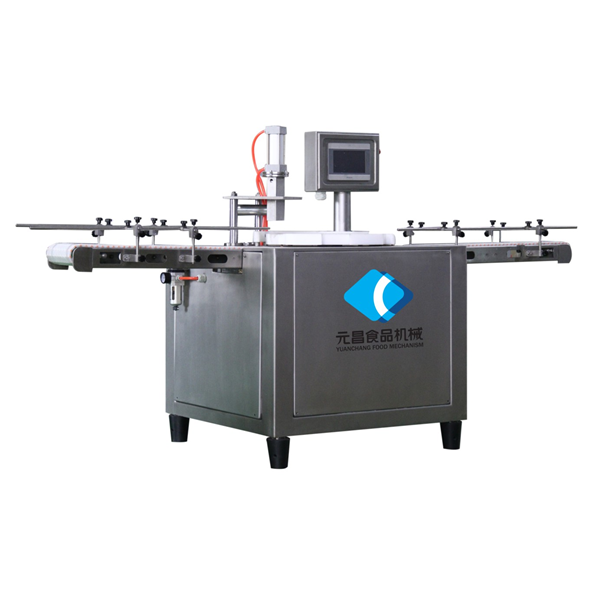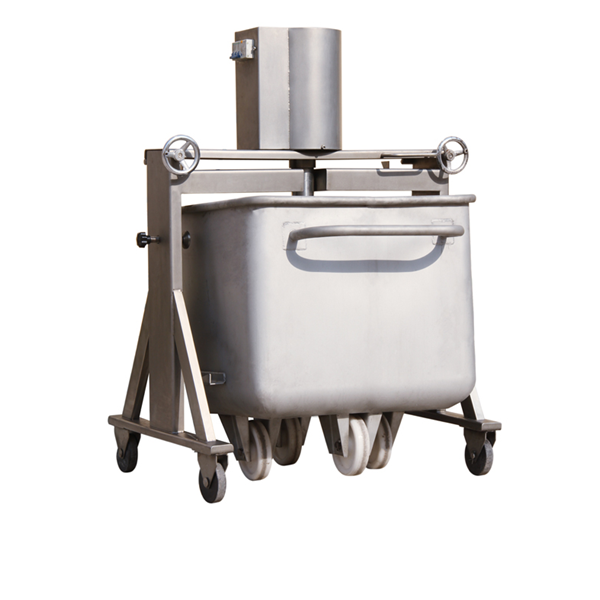- Afrikaans
- Albanian
- Amharic
- Arabic
- Armenian
- Azerbaijani
- Basque
- Belarusian
- Bengali
- Bosnian
- Bulgarian
- Catalan
- Cebuano
- chinese_simplified
- chinese_traditional
- Corsican
- Croatian
- Czech
- Danish
- Dutch
- English
- Esperanto
- Estonian
- Finnish
- French
- Frisian
- Galician
- Georgian
- German
- Greek
- Gujarati
- haitian_creole
- hausa
- hawaiian
- Hebrew
- Hindi
- Miao
- Hungarian
- Icelandic
- igbo
- Indonesian
- irish
- Italian
- Japanese
- Javanese
- Kannada
- kazakh
- Khmer
- Rwandese
- Korean
- Kurdish
- Kyrgyz
- Lao
- Latin
- Latvian
- Lithuanian
- Luxembourgish
- Macedonian
- Malgashi
- Malay
- Malayalam
- Maltese
- Maori
- Marathi
- Mongolian
- Myanmar
- Nepali
- Norwegian
- Norwegian
- Occitan
- Pashto
- Persian
- Polish
- Portuguese
- Punjabi
- Romanian
- Russian
- Samoan
- scottish-gaelic
- Serbian
- Sesotho
- Shona
- Sindhi
- Sinhala
- Slovak
- Slovenian
- Somali
- Spanish
- Sundanese
- Swahili
- Swedish
- Tagalog
- Tajik
- Tamil
- Tatar
- Telugu
- Thai
- Turkish
- Turkmen
- Ukrainian
- Urdu
- Uighur
- Uzbek
- Vietnamese
- Welsh
- Bantu
- Yiddish
- Yoruba
- Zulu
High-Speed Chopper Bowl Cutters Efficient Meat Grinding & Mixing
- Understanding the core functionality of modern bowl choppers
- Technical breakthroughs elevating industrial food processing
- Performance comparison across leading manufacturers
- Custom engineering solutions for specialized requirements
- Industrial implementation across meat processing sectors
- Optimizing equipment longevity and sanitation protocols
- The evolving landscape of bowl chopper applications
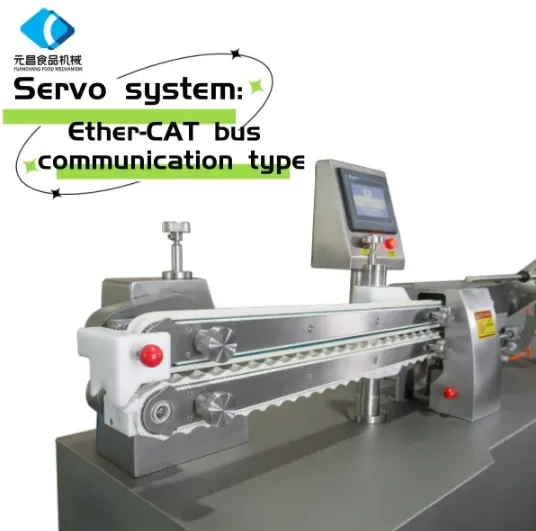
(chopper bowl cutter)
The Fundamental Mechanics of Chopper Bowl Cutter Operations
Contemporary commercial chopper bowl cutter
s transform large food volumes into consistent textured products through synchronized mechanical action. Operating at 1,500-2,500 RPM with motor capacities ranging from 20HP to 100HP, these industrial systems employ balanced spinning blades within rotating stainless steel bowls. The continuous counter-rotation principle creates thorough particle reduction cycles impossible to achieve with manual methods.
This dynamic rotational mechanism circulates ingredients through the cutting zone up to 120 times per minute, ensuring absolute homogeneity. Advanced temperature management through integrated glycol cooling jackets maintains critical thermal thresholds (30°F - 50°F operation range) vital for microbial control and fat emulsification. Precision variable-frequency drives (VFDs) enable granular control during particle size reduction phases essential for quality sausage emulsions.
Modern installations utilize programmable logic controllers (PLCs) tracking 25+ operational parameters including motor load, bowl rotation torque, and mix density. Stainless steel (AISI 304/316) constructions withstand repetitive CIP cleaning cycles while meeting USDA sanitary design standards. These comprehensive engineering approaches account for why 92% of large-scale meat processors utilize automated chopper bowl cutter systems as fundamental processing infrastructure.
Breakthrough Technologies Enhancing Bowl Chopper Performance
Manufacturers continually integrate advanced features addressing industry challenges. Vacuum capabilities (-0.8 to -0.95 bar operating pressure) dramatically improve binding capacity while reducing emulsion temperatures by 15-25%. This translates to tangible production benefits: 18% increased yield and 20% reduction in cooking losses according to meat science research.
Recent innovations include predictive torque monitoring systems detecting blade wear before quality deviations occur and integrated load sensors triggering automatic speed adjustments when ingredient viscosity changes. European processors now implement automated spice injectors adding seasoning during the final mixing phase - a feature that improved production efficiency by 30% in German sausage trials.
Power transmission advancements represent another frontier. Direct-drive models eliminating gearboxes reduce energy consumption by 15% while significantly decreasing maintenance requirements. When Danish processing plants upgraded to direct-drive systems, they documented 300 fewer maintenance hours annually per machine. Dual-motor configurations separating bowl rotation from blade functions provide unmatched processing flexibility.
Comparative Analysis of Industrial Bowl Chopper Machines
| Manufacturer | Capacity (L) | Vacuum Option | Motor Power (HP) | CIP System | Key Applications |
|---|---|---|---|---|---|
| Kilia | 60 - 1000 | Integrated | 45 - 120 | Automated | Sausages, pâtés, ready meals |
| Weiler | 55 - 900 | Standard | 40 - 110 | Semi-automatic | Emulsions, cooked hams, restructured meats |
| Talsa | 70 - 650 | Optional | 50 - 95 | Automated | Traditional sausages, meatballs |
| Marel | 100 - 800 | Integrated | 60 - 150 | Automated | Large-scale emulsified products |
Industry evaluations highlight significant operational differences. Kilia's high-torque motors deliver faster emulsion times with 15% greater batch consistency scores. Weiler units feature advanced sound dampening achieving 72dB operational volume - substantially quieter than 85dB industry averages. Talsa's compact configurations provide space-efficient solutions without compromising on 400kg/hour production outputs. Marel's SmartControl interfaces seamlessly integrate with plant-wide monitoring systems.
Tailored Engineering Solutions for Specialized Processing
Leading manufacturers address niche requirements through specialized adaptations serving unique product specifications. For artisanal charcuterie producers, low-oxygen models with premium blade geometry achieve coarse textures impossible with standard machinery. These systems reduce particle degradation, maintaining distinctive appearance characteristics demanded by premium markets.
Frozen food processors implement cryogenic adaptation packages featuring nitrogen injection maintaining sub-zero temperatures during mixing phases. Pilot studies confirm these solutions preserve ingredient integrity while ensuring food safety compliance - reducing bacterial counts by 3 log units. Seafood processors request non-corrosive alloy modifications combating saltwater degradation. Marine-grade aluminum bronze construction adds 30% longevity in such environments.
Production scaling presents additional engineering considerations. Quick-change bowl configurations reduce format conversion time from hours to minutes. Automated ingredient metering stations integrated with choppers demonstrate 25% reduction in labor requirements. Processing plants with space constraints increasingly adopt modular designs where multiple chopper bowls feed from centralized mixing stations - a layout that increased throughput efficiency by 40% at Italian meat facilities.
Implementing Bowl Chopper Technology Across Meat Industries
Commercial sausage producers utilize chopper bowl cutters for achieving signature textures. High-end frankfurter production requires precisely emulsified mixtures with cellular structures incapable of manual replication. Facilities standardize procedures where primary chopping at 2,000 RPM for 4 minutes creates the desired homogeneous matrix critical for product consistency.
Hamburger patty manufacturers achieve binding enhancement and shelf-life extension through vacuum chopping protocols. Studies demonstrate shelf-life improvements from 7 to 14 days through oxygen reduction during the chopping phase. Plant operators report 50% reduction in separation issues during freezing when implementing vacuum systems.
Specialized applications continue expanding. Pet food processors adopting heavy-duty chopper bowl cutters report 25% improvement in nutrient homogeneity compared to traditional mixers. Ready-meal manufacturers create vegetable-protein mixtures using modified units achieving texture profiles indistinguishable from animal products. The broader application diversity now includes hummus production, nut processing, and alternative protein development.
Sustaining Peak Performance of Bowl Chopper Equipment
Rigorous maintenance protocols maintain chopper bowl cutter efficiency. Daily validation of blade sharpness using templated gap measurements prevents inconsistent particle reduction. Production engineers recommend sharpening after 100 operational hours with complete replacement every 1,200 hours. Belt tension inspections every 250 hours prevent unexpected downtime - facility logs confirm such diligence reduces mechanical failures by 65%.
Sanitation presents critical operational considerations. Modern CIP systems circulate cleaning solutions at 150°F for 60 minutes - proven to achieve 6 log pathogen reduction. Facilities utilizing integrated ATP testing verify surface cleanliness before operations recommence. Food safety audits validate automated cleaning cycles provide significantly more consistent results than manual processes.
Energy efficiency optimization techniques now focus on load management. Matching batch sizes to equipment capacity reduces energy consumption by 18% according to sustainability audits. Overfilling bowls beyond design specifications increases motor strain while underfilling wastes energy - precise ingredient measurement proves essential. Progressive processors implement automated ingredient loading achieving 96% capacity utilization.
The Advancing Capabilities of Chopper Bowl Cutter Technology
Contemporary bowl chopper machinery addresses evolving industry challenges through progressive engineering. Manufacturers incorporate AI-driven optimization adjusting motor loads and blade speed according to ingredient viscosity readings detected by embedded sensors. Smart units now automatically document processing parameters on blockchain systems ensuring compliance with evolving quality standards.
Technical refinements focus on enhancing precision while reducing resource consumption. Next-generation blades maintain sharpness for 400 more operating hours than previous designs. Noise-reduction innovations now make 65dB units increasingly common in facilities with worker exposure regulations. Facility managers implementing modern chopper bowl cutters document significant processing improvements: 40% reduction in energy consumption and 30% lower maintenance expenses compared to legacy equipment.
Future development focuses on automation integration with robotic loading and smart sorting systems. Pilot facilities demonstrate how fully-automated bowl chopper cutter lines increase throughput by 55% while reducing staffing needs. The continuous innovation cycle ensures these machines remain indispensable within modern food production operations across global markets.

(chopper bowl cutter)
FAQS on chopper bowl cutter
Q: What is a chopper bowl cutter used for in food processing?
A: A chopper bowl cutter is a machine designed to finely chop, mix, and emulsify ingredients like meat, vegetables, and spices. It’s commonly used in sausage production, patties, and prepared foods. Its rotating blades and bowl ensure consistent texture and homogeneity.
Q: How does a bowl chopper machine work?
A: A bowl chopper machine uses sharp rotating blades and a spinning bowl to cut and blend ingredients. The combination of blade speed and bowl rotation creates a uniform mixture. Operators control processing time and texture by adjusting speed settings.
Q: What are the advantages of using a bowl chopper in meat processing?
A: Bowl choppers ensure precise emulsification, improving product quality and shelf life. They reduce manual labor and increase production efficiency. Their versatility allows processing meats, fats, and additives into uniform pastes or mixtures.
Q: How to clean and maintain a used bowl chopper machine?
A: Disassemble removable parts and sanitize them with food-grade cleaners. Regularly lubricate gears and check blade sharpness. Follow the manufacturer’s guidelines to prevent wear and ensure hygiene compliance.
Q: Can a bowl chopper handle both small and large-scale food production?
A: Yes, bowl choppers come in varying sizes to suit small batches or industrial-scale operations. Adjustable settings allow customization for different recipes. Their efficiency makes them ideal for both artisanal and commercial food manufacturers.
-
Bowl Chopper Machine for Meat Processing Affordable PricesNewsJun.01,2025
-
Meat Mixer & Grinder Combo - Efficient Meat Blending & Grinding SolutionsNewsJun.01,2025
-
Automatic Sausage Stuffer Machine High-Capacity Vacuum & Twist SystemNewsJun.01,2025
-
Heavy-Duty Sausage Mincer Machine Commercial & Home Meat GrindingNewsMay.31,2025
-
Commercial Bowl Cutters Heavy-Duty Meat Processing SolutionsNewsMay.31,2025
-
Industrial Meat Grinder Machines Heavy-Duty & Commercial UseNewsMay.31,2025



